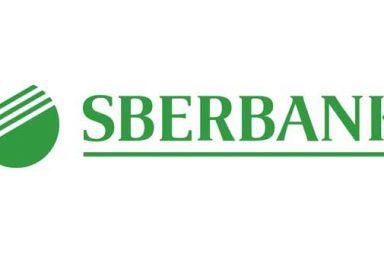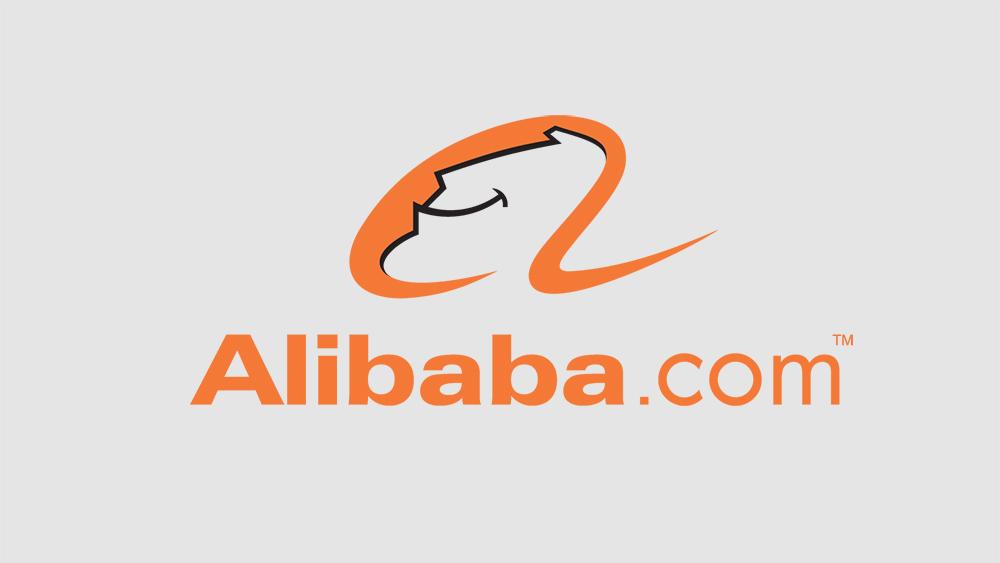
Technical analysis can be used on any freely traded security in the global market and is used on a wide range of financial instruments, such as equities, bonds, commodities, currencies, and futures. However, in general, technical analysis is most effectively applied to liquid markets. Therefore, technical analysis has limited usefulness for illiquid securities, where a small trade can have a large impact on prices. A bar chart may look busier than a line chart, but you can get a better idea of where the high and low prices are relative to the open or close. A bar chart displays each period’s open, high, low, and close in one vertical bar.
Fundamental analysis tends to have a long-term outlook, as fundamental investors often look for stocks that will grow in value over a long time. On the contrary, technical analysis more often is used to find short-term trades that will yield quick profits, even though they may be quite small. The belief is that these profits can compound to huge amounts over time. Not only do the trends and patterns repeat themselves, but the market also has memory and can remember previous important price levels . This is the reason those price levels are respected in the first place.
These are double candlestick patterns that may indicate potential price reversals. A tweezer top pattern consists of two consecutive candles with similar highs occurring in an uptrend or a swing high in a downtrend. The point and figure charts plot price movements by marking columns of “X” and “O” to indicate rising and falling prices respectively.

Because of what they represent — demand and supply levels — technical traders attach much importance to the support and resistance levels when making technical analysis. Traders usually watch these levels very closely to see how the price behaves when it gets to them. Technical analysis is a method of analyzing a financial asset, such as a stock, commodity, currency pair, options, or futures, to identify trading opportunities. It is used to predict where the price of an asset will go in the future, based on what is happening in the market now and what has happened in the past. Followers of this method use various charts and market data to study the activities of investors in the market in order to forecast future price movements.
Important Price Levels
So, having a general knowledge of the options you have when it comes to analyzing security’s behavior is an advantage. System response and account access times may vary due to a variety of factors, including trading volumes, market conditions, system performance, and other factors. On the contrary, if the price increase is accompanied by dwindling volume, it means fewer and fewer buyers are willing to trade in that particular instrument. If the volume continues to decline, the increase in price eventually stops, reflecting the reduced demand for the security. Support is defined as a low price range in which the price stops declining because of buying activity. It is the opposite of resistance, which is a price range in which price stops rising because of selling activity.
The idea is that periods of low volatility are followed by periods of high volatility, so that relatively narrow band width can foreshadow an advance or decline in the security under analysis. Increasingly, analysts, fund managers, and individual investors are studying the basic principles of technical analysis to support their decision making in financial markets. This relatively new field of finance is motivating more practitioners to consider technical analysis as a tool for understanding and explaining irrationalities in financial markets. The relationship between the open and close can offer insight into whether the overall sentiment for a security or index is bullish, bearish, or neutral. For example, a long green or white candlestick indicates that sentiment is bullish.
The Structured Query Language comprises several different data types that allow it to store different types of information… Depending on who you talk to, there are more than 35 patterns used by traders. Some traders only use a specific number of patterns, while others may use much more. The longer the pattern takes to develop and the larger the price movement within the pattern, the larger the expected move once the price breaks out. Reversals that occur at market tops are known as distribution patterns, where the trading instrument becomes more enthusiastically sold than bought.

Each price box represents a specific value that price must reach to warrant an X or an O. There’s no right or wrong answer when it comes to which chart type to use when trading. When choosing a chart type to work with, you could practice looking at the same stock across different chart types. Once you decide on a chart type, start looking for historical patterns liketrends,support and resistance, and other actionable patterns. Technical analysis is a form of security analysis that uses price data and volume data, typically displayed graphically in charts. The charts are analyzed using various indicators in order to make investment recommendations.
Gartley pattern
The length of each bar is proportionate to the numerical value or percentage that it represents. Volume measures the total amount of shares or contracts of a security traded during a specified period of time. Depending on the market, it could also mean the number of times the security was bought or sold during a given time. It is a very important market data that when used correctly, can improve the quality of your trades. Mean ReversionOscillators, such as stochastic, RSI, and Oscillatory moving average , can also be used for the strategy.
Bitcoin Withdrawal Strategies – Times Square Chronicles
Bitcoin Withdrawal Strategies.
Posted: Mon, 06 Mar 2023 05:03:45 GMT [source]
In a bearish pattern, volume is falling, and a flagpole forms on the right side of the pennant. In general, the longer the price pattern takes to develop, and the larger the price movement within the pattern, the more significant the move once the price breaks above or below the area of continuation. Example, if the box size is considered 1 point, then if a stock rises from 10 to 11, it is recorded as an X because the price rose by at least 1 point. If the stock rose only 0.50 i.e. from 10 to 10.50, then it would not be recorded since the price increment was not at least the box size of 1 point.
Types of chart patterns
The candlestick charts are mostly what we use for the same purposes as the bar chart and are helpful for intermediate and expert traders. Just like the bar chart, it uses preferences from the trader to present the insights on the data gathered. Fibonacci was a 12th-century mathematician who developed a series of ratios that is very popular with technical traders. Fibonacci ratios, or levels, are commonly used to pinpoint trading opportunities and both trade entry and profit targets that arise during sustained trends. Volume plays a role in these patterns, often declining during the pattern’s formation and increasing as price breaks out of the pattern.
After an exhaustion move, there is usually a decrease in types of charts in technical analysis in the days and weeks that follow. Similarly, oil prices tend to increase in the summer when cars are used more frequently for vacations and the rest. The same may also apple to stocks in travel-related products and services. In climes that get really hot during the summer, stocks of companies that offer air conditioning solutions may also tend to do better in summer than other seasons. The S&P 500, which measure the broad market performance, tends to perform better in certain months of the year than others.
- When price moves in the opposite direction by the specified reversal value, the chart line will change direction.
- Multiple stocks can be tracked and compared at the same time by transforming the line graph into a stacked area chart or simply using multiple lines of various colors.
- The candlestick patterns are often better off combined with support and resistance levels and trendlines.
- Additionally, chart pattern movements are not guaranteed and should be used in tandem with other market analysis methods.
A point and figure chart is very useful when making trading decisions because of its ability to clearly show price levels, sharp changes, as well as small ones that are not so significant. Following a reversal, the analyst shifts to a new column and begins a column of O’s. The first box to the right and directly below the highest X is filled first. An O is used to bring the column down to the price level at the close. As long as the decrease continues, the technician adds more and more O’s to the column, sitting below those drawn before. Only an increase that at least matches the reversal size prompts the start of a new column of X’s.
Often, the volume will decrease during the formation of the pennant, followed by an increase when the price eventually breaks out. The price movements in this chart are displayed in the shape of candlesticks. The line charts can be plotted for various time frames namely monthly, weekly, hourly and even in minutes.
What are the benefits of using charts?
A few consecutive candlesticks can form patterns that are even more significant than the individual candlestick shapes. Fundamental analysis and technical analysis appear to be at the opposite end, and traders often classify themselves as either technicians or fundamentalists. Some fundamental followers have a basic knowledge of technical analysis and use it to time their entry in the market. Similarly, technical traders may have some knowledge of fundamental factors and consider them when making trading decisions. Although this premise may appear similar to the efficient-market hypothesis, it doesn’t. Technical analysis is not without some criticisms, just like everything in finance.

Relative https://g-markets.net/ is a relative measure of how much of a certain asset is being traded on a particular day. The higher the relative volume, the more active the asset is being traded. The lower the relative volume, the less active the asset is being traded. A high relative volume can be a sign that the asset is doing well, while a low relative volume can be a sign that the asset is doing poorly. Let’s take a look at the different tools that a technical analyst uses individually. As its name suggests, the distribution is often illustrated across time, but the data could also be plotted based on any chronological scale, such temperature, elevation or monetary value.
Types of charts used in Technical Analysis
Heikin Ashi charts can be used independently though, especially by swing traders or investors. Unlike the other Charts, the Renko Chart is a noise-less charting technique that concentrates merely on price movements, completely disregarding time and the usage of volumes. The wider part of the candlestick is shown between the opening and closing price. It is usually colored in black/red when the security closes on a lower price and white/green the other way around.
- It can help you when trading chart patterns and identifying them more easily.
- Although it doesn’t show the real-time price levels, the Heiken Ashi chart reduces noise and makes it easy to identify the main trend.
- One of the most common types of technical analysis is chart analysis, which involves the study of stock price data on a technical level.
- It also shows how far the price is from the mean, so it can be used to trade mean-reversion strategies.
This indicator tries to measure price momentum by comparing the recent closing price to an n-period range. It oscillates between 100 and 0 and can be used to show overbought and oversold levels. A rise above 80% level is overbought, and a decline below the 20% level is oversold.
Gholdengo and Double Iron Bash Melmetal as Raid Attackers: The … – Pokémon GO Hub
Gholdengo and Double Iron Bash Melmetal as Raid Attackers: The ….
Posted: Mon, 06 Mar 2023 10:24:52 GMT [source]
The trader should always be aware of what is happening in the markets and what factors could impact their trade. Create a free account with Visme and get started with premade templates and an easy-to-use Graph Engine. While histograms are typically a form of bar graph, the concept can also be applied to line graphs and other designs relying on plotting two axes. Technology now allows statisticians to display multi-dimensional data sets in true form. Three-dimensional graphs created with specialized software reflect the relationship between three variables plotted across three axes.

